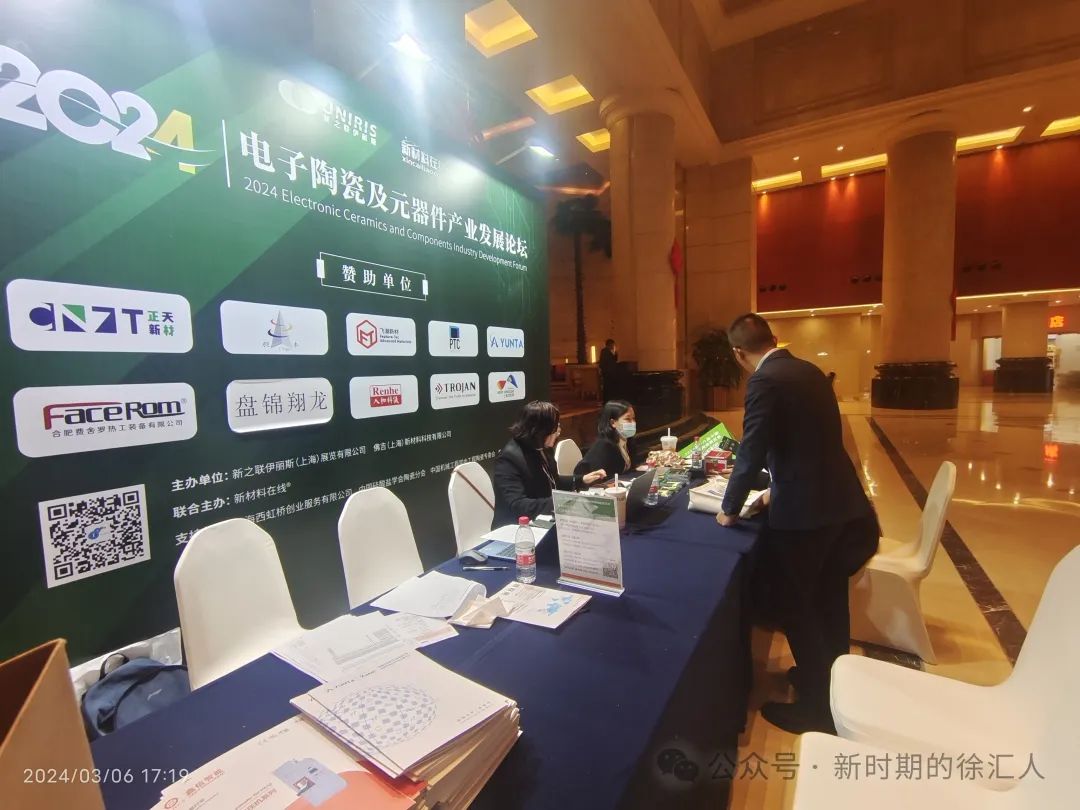

电子陶瓷及元器件产业是指**以特定的陶瓷材料为基础,用于生产各类电子元器件和器件的行业**。以下是该产业的几个关键特点:
1. **定义与功能**:电子陶瓷,也称为电子工业用陶瓷,通常由高纯度、超细的无机粉末原料通过烧结工艺制作而成。这些陶瓷材料具备绝缘屏蔽、介电、传感、超导和磁性等特性,因此被广泛应用于电子元器件中。
2. **分类**:根据功能和用途不同,电子陶瓷可以分为绝缘装置瓷、电容器瓷、铁电陶瓷、半导体陶瓷和离子陶瓷五类。
3. **制造工艺**:电子陶瓷的生产工艺与传统陶瓷相似,但要求更为严格。在化学成分、微观结构和机电性能上,电子陶瓷需要满足更高的技术标准,如高机械强度、耐高温高湿、抗辐射等。
4. **产业链**:电子陶瓷产业的上游包括基础粉体、配方粉、金属材料和化工材料等;中游是电子陶瓷本身,包括多种类型的陶瓷材料;下游主要是电子元器件,最终应用于各种终端产品,如光通信、无线通信、消费电子等领域。
5. **市场需求**:随着电子信息技术的高速发展,尤其是集成化、薄型化、智能化和微型化趋势,无源电子元件的需求日益增加,这直接推动了电子陶瓷材料及其制备加工技术的发展需求。
6. **发展现状**:中国是无源电子元件的生产大国,产量占全球的40%以上,但在高端元件方面仍大量依赖进口。电子陶瓷材料及技术是制约高端元件发展的重要因素之一,因此提升这一领域的技术水平对于推动国内高端电子元器件产业的发展至关重要。
综上所述,电子陶瓷及元器件产业在现代电子技术中扮演着核心角色,它不仅对电子产品的性能有着直接影响,也是推动电子信息技术进步的关键因素。随着技术的不断进步和市场的扩大,这一产业的重要性越来越凸显。
The electronic ceramics and components industry refers to the sector that specializes in the production of various electronic components and devices based on specific ceramic materials. Here are some key characteristics of this industry:
1. **Definition and Function**: Electronic ceramics, also known as ceramics for the electronics industry, are typically made from high-purity, ultra-fine inorganic powder materials through a sintering process. These ceramic materials possess properties such as insulation, dielectric, sensing, superconductivity, and magnetism, which make them widely used in electronic components.
2. **Classification**: Depending on their functions and applications, electronic ceramics can be categorized into five types: insulatory device ceramics, capacitor ceramics, ferroelectric ceramics, semiconductor ceramics, and ionic ceramics.
3. **Manufacturing Process**: The production process of electronic ceramics is similar to that of traditional ceramics but with more stringent requirements. In terms of chemical composition, microstructure, and electromechanical properties, electronic ceramics must meet higher technical standards, such as high mechanical strength, resistance to high temperatures and humidity, and radiation resistance.
4. **Industry Chain**: The upstream of the electronic ceramics industry includes basic powders, formulated powders, metal materials, and chemical materials; the midstream consists of the electronic ceramics themselves, encompassing a variety of ceramic materials; the downstream primarily involves electronic components, ultimately applied in various end products such as optical communication, wireless communication, and consumer electronics.
5. **Market Demand**: With the rapid development of electronic information technology, particularly the trends towards integration, miniaturization, intelligence, and microminiaturization, the demand for passive electronic components is increasing. This directly drives the development and demand for electronic ceramic materials and their manufacturing technologies.
6. **Development Status**: China is a major producer of passive electronic components, accounting for over 40% of the global output, but still relies heavily on imports for high-end components. The material and technology of electronic ceramics are critical factors restricting the development of high-end components, making it essential to enhance the technical level in this field to promote the domestic high-end electronic component industry.
In summary, the electronic ceramics and components industry plays a central role in modern electronic technology. It not only has a direct impact on the performance of electronic products but is also a key factor in advancing electronic information technology. As technology continues to progress and the market expands, the importance of this industry will become increasingly prominent.


